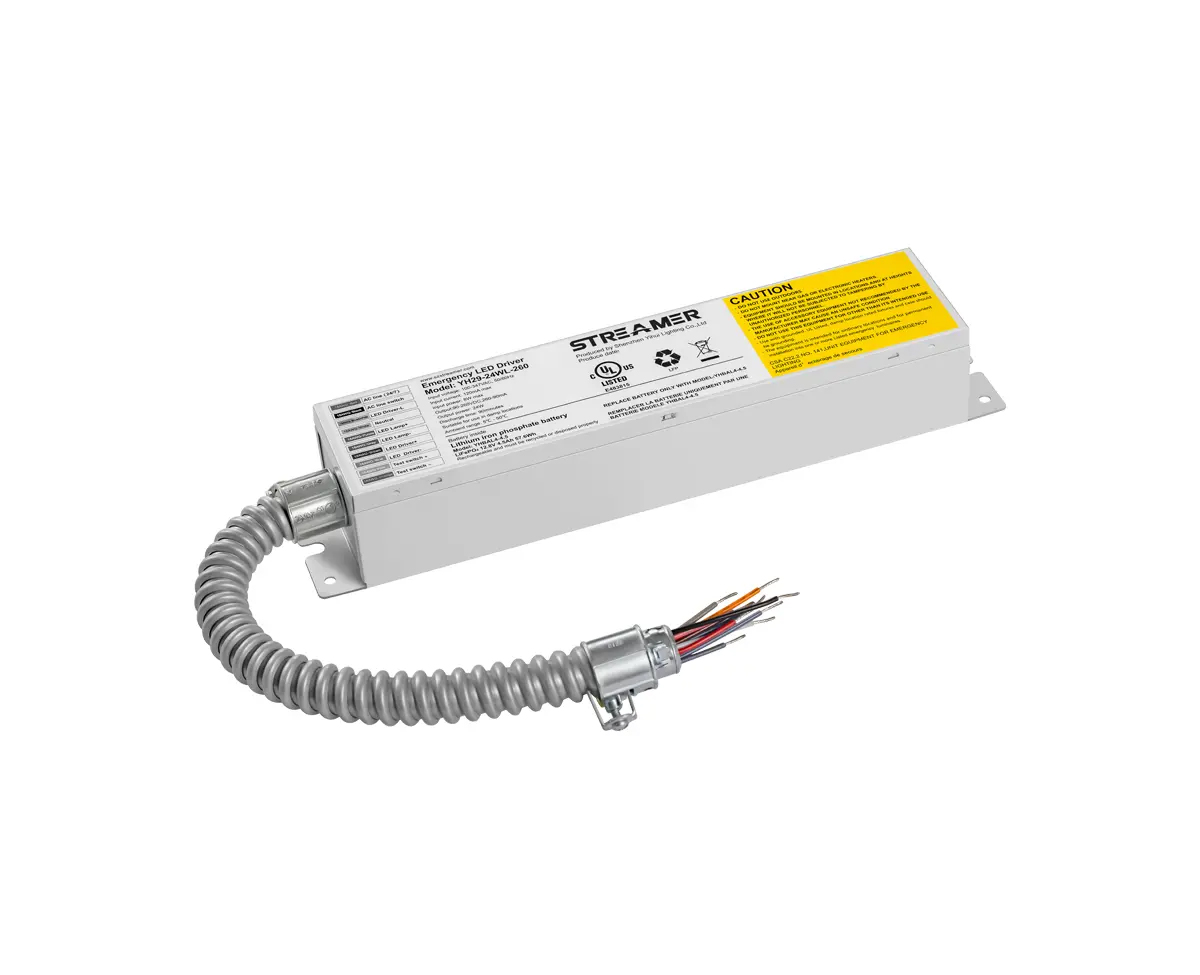 1
1
 Feb 02, 2025
Feb 02, 2025

The integration of LED emergency power supply represents a significant advancement in the field of emergency lighting systems.
One of the primary aspects of integration is the combination of the power source and the LED lighting unit. In traditional emergency lighting setups, the power supply and the lighting fixture were often separate components, which could lead to complex installations and potential points of failure. With the integrated LED emergency power supply, these two essential elements are merged into a single, compact device. This not only simplifies the installation process but also reduces the overall space required for the emergency lighting system. For example, in a small office building, instead of having to install a bulky power supply unit in a separate location and then connect it to the LED lights, an integrated LED emergency power supply can be directly mounted on the ceiling or wall, saving both time and space during the installation.
Moreover, integration also extends to the control and monitoring functions. Many modern integrated LED emergency power supplies come with built - in control circuits that can automatically detect power outages and switch the LED lights on within milliseconds. These control circuits are often integrated with the power supply and the lighting unit, ensuring seamless operation. Additionally, some advanced models are equipped with monitoring capabilities. They can communicate with a central monitoring system to provide real - time information about the status of the emergency lighting, such as the battery level, the operation of the LED lights, and any potential faults. This integration of control and monitoring functions improves the overall reliability and manageability of the emergency lighting system.
In terms of energy efficiency, integration plays a crucial role. By optimizing the connection between the power supply and the LED lights, energy losses during power transfer can be minimized. The integrated design allows for better coordination between the charging and discharging of the power supply and the operation of the LED lights, resulting in more efficient use of energy. This is especially important in applications where long - term battery - powered operation is required, such as in emergency evacuation routes in large buildings.